The Ministry of Defence have produced a response to what they call common ‘myths and misconceptions’ surrounding the Trident nuclear weapons system.
The Trident missile system is housed on the UK’s four Vanguard class submarines which form the UK’s strategic nuclear missile force. Each of the four boats are armed with up to 16 Trident II D5 SLBMs, carrying up to 8 warheads each. Collectively, the submarines and the missiles are informally referred to as the ‘Trident weapons system’ as a whole.
The Royal Navy has operated the UK’s Continuous at Sea Deterrent since 1967 when the first SSBN – or Ship Submersible Ballistic Nuclear – HMS Resolution began patrolling armed with the Polaris missile system. In 1996 HMS Vanguard, the first submarine armed with the Trident missile system, arrived on the Clyde and took over deterrent patrol duties from the Resolution Class. The four Vanguard-class submarines form the UK’s strategic nuclear deterrent force.
A Freedom of Information request proving that the United Kingdom has full operational control over its Trident missile system can be downloaded here but let’s go into greater detail.

Myth 1 – The nuclear deterrent is obsolete as it does not deter terrorism.
The nuclear deterrent is not intended to deter terrorists. The UK has policies and capabilities to deal with the wide range of threats we currently face or might face in the future. Our nuclear deterrent is there to deter the most extreme threats to our national security and way of life, which cannot be done by other means.
Myth 2 – The money spent maintaining a nuclear deterrent would otherwise be invested in our conventional capabilities.
Nuclear weapons remain a necessary element of the capability we need to deter the most extreme threats. Conventional forces cannot deliver the same deterrent effect.
Myth 3 – Submarines could become vulnerable to new technological developments such as underwater drones or cyber attack.
We believe it is unlikely there will be any radical technological breakthrough which might diminish the current advantages of the submarine over potential anti-submarine systems. In any event, we judge that a submarine will remain by far the least vulnerable of all the platform options.
Myth 4 – Replacing Trident is illegal.
Maintaining a minimum nuclear deterrent is fully consistent with all our international legal obligations, including those under the Nuclear non-Proliferation Treaty.
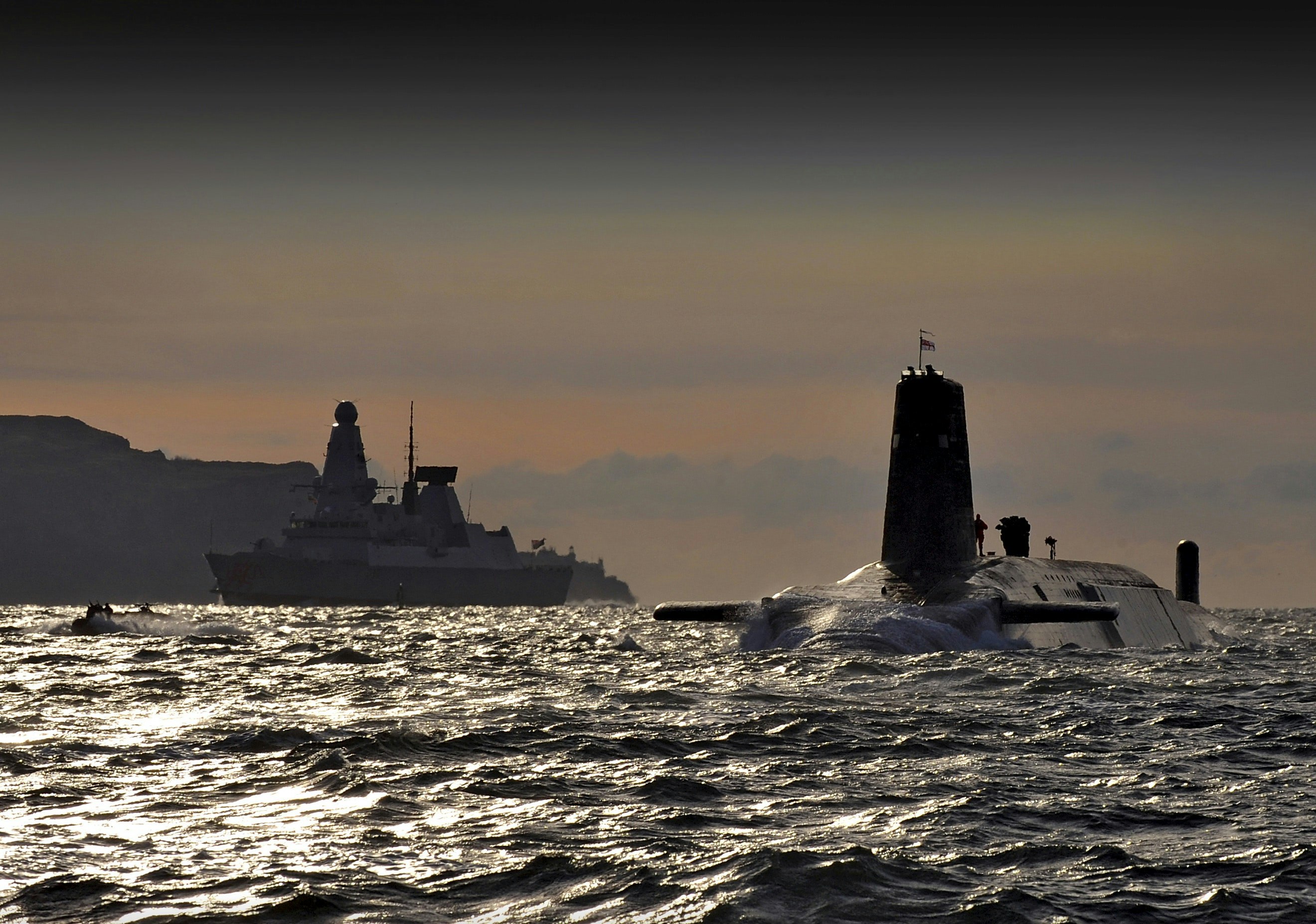
For the UK Defence Journal, one of the most common myths around the system we have to deal with is the idea that the United States has control over the UK’s Trident missile system, that is not the case. The UK does rely on the US for the heavy maintenance and long term support of the system. For example, the British missiles are serviced at a port in the Georgia, US, and some warhead components are also made in America.
This is why the use of the word ‘operational’ is significant, while the UK can fire without permission, the system would likely not be sustainable without US support beyond a few years.
One common argument is that the US can simply ‘turn off’ the GPS system and therefore can stop the UK using Trident, this is also a myth, Trident isn’t guided by satellite. The missile uses a kind of stellar sighting guidance system and inertial navigation to take a reading from the stars to work out the missile’s position and make any adjustments necessary. They do not require GPS.
One source for the confusion could be the fact that, aside from those currently deployed, the missiles are held in a communal pool at the US Strategic Weapons facility at King’s Bay, Georgia, USA where maintenance and in-service support of the missiles is undertaken at periodic intervals. The missiles are jointly maintained, this is much cheaper than the UK doing it on its own and does not give the United States control over any of the weapons deployed on the submarines.
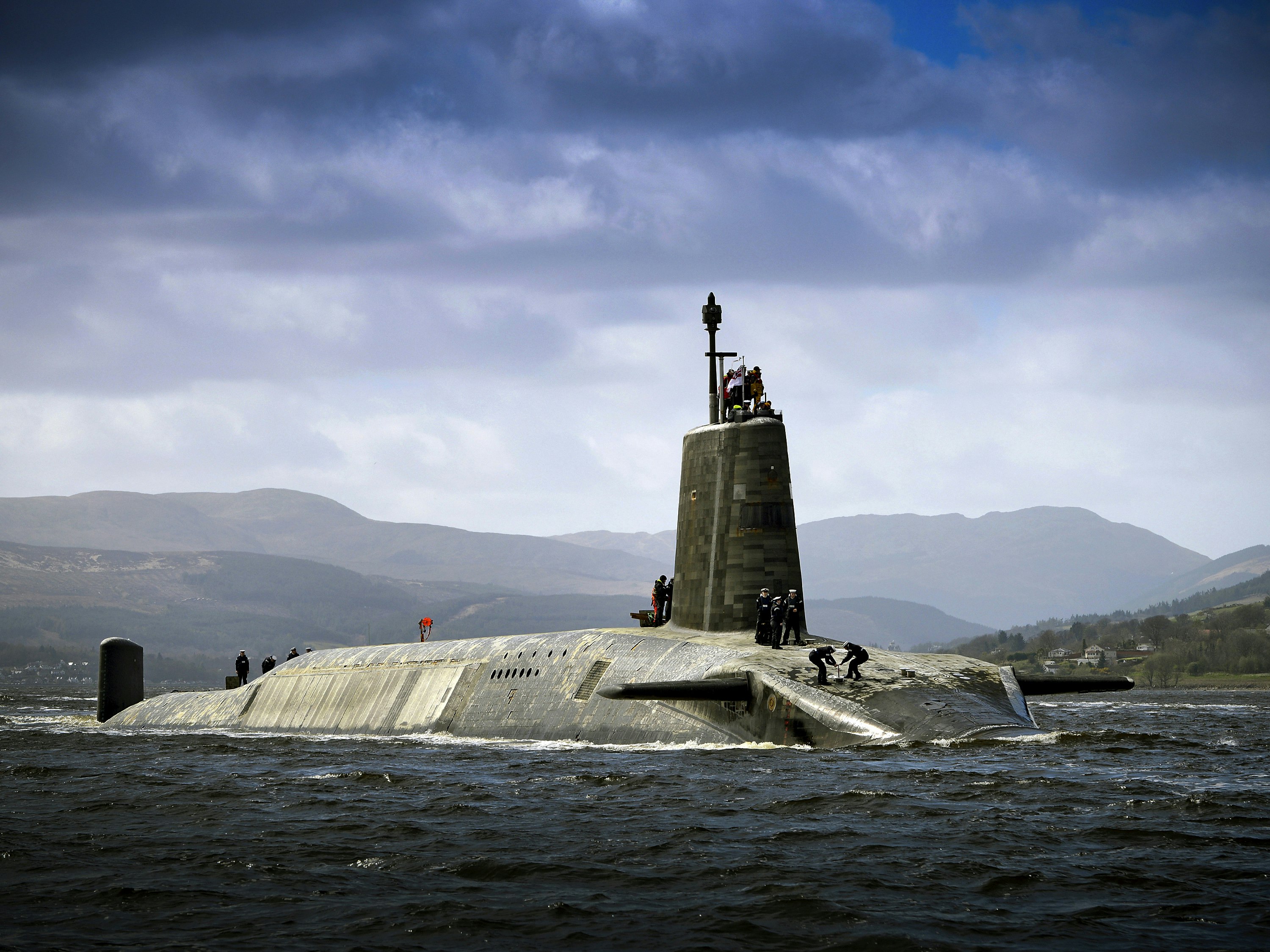
Does the system require American codes to launch?
American operated Trident missiles are controlled through the US Navy chain of command by the US President. ‘Permissive action link technology’ prevents anyone other than the president or someone he has delegated control to authorising a launch.
In 2007, the UK Government revealed that its nuclear weapons were not equipped with Permissive Action Links. Instead, the UK’s nuclear bombs to be dropped by aircraft were armed by just inserting a key into a simple lock similar to those used to protect bicycles from theft, the UK withdrew all air-launched bombs in 1998. The current UK Trident warheads can also be launched by a submarine commander with the support of his crew without any code being transmitted from the chain of command.
The British missiles are controlled through the Royal Navy chain of command all the way up to the Prime Minister. In reality the Prime Minister would make the launch decision in concert with whatever was left of the British government. The key point here is that the British deterrent does not have permissive action link control, which means it does not rely on the use of codes to fire the system. The UK’s Trident fleet relies purely on military discipline to prevent a launch.
In summary, the UK retains full operational control, to the extent that the US could not stop the UK from using the system, even against the United States.
The following ‘discussion points’ were posted by the Ministry of Defence in their fact-sheet ‘UK nuclear deterrence: what you need to know’.
Discussion point 1 – The UK does not require a nuclear deterrent as we are already protected by the US nuclear deterrent
A potential adversary might miscalculate the degree of US commitment to the defence and security of Europe. An independent deterrent provides the assurance that it can be used to deter attacks on our vital interests. An independent centre of nuclear decision making in the UK also reinforces the overall deterrent effect of allied nuclear forces and thus enhances our security and that of NATO allies.
Discussion point 2 – All the UK needs is a dormant nuclear weapons capability, from which we could re-establish a deterrent if and when specific threats emerge
Any UK decision to give up an active credible nuclear deterrent system would, for political and cost reasons, be extremely difficult to reverse. In practice, the timeframe for re-establishing a credible minimum deterrent would probably be longer than the likely warning of any change in intent of an established nuclear power or any covert programme elsewhere to develop nuclear weapons. Also, any move from a dormant programme towards an active one could be seen as escalatory, and thus potentially destabilising, in a crisis.
Discussion point 3 – We don’t need a continuous deterrent
If we ceased continuous deterrent patrols, we could be deterred or prevented from deploying a nuclear submarine in a crisis. This is by far the least vulnerable of the platform options.
Discussion point 4 – We could make do with an aircraft delivered system
Short and medium range aircraft operating from the UK or overseas, or short or medium range land based missiles, do not provide an assured deterrent on the grounds that these options lack sufficient range. Even aircraft launched from aircraft carriers would not meet our range criteria. Furthermore, these options would be vulnerable to pre-emptive attacks, or to interception by air defence systems whilst in the air.


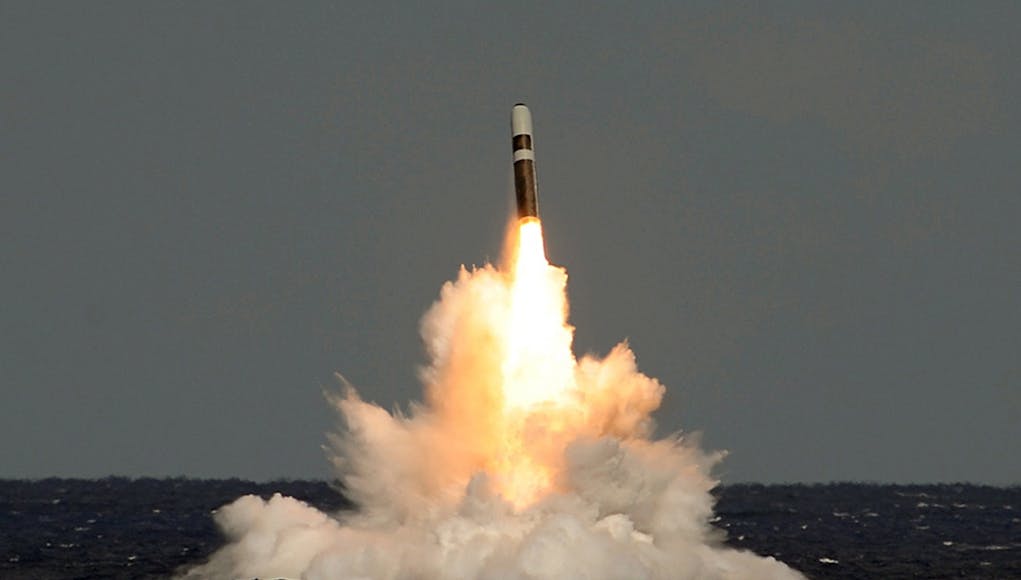
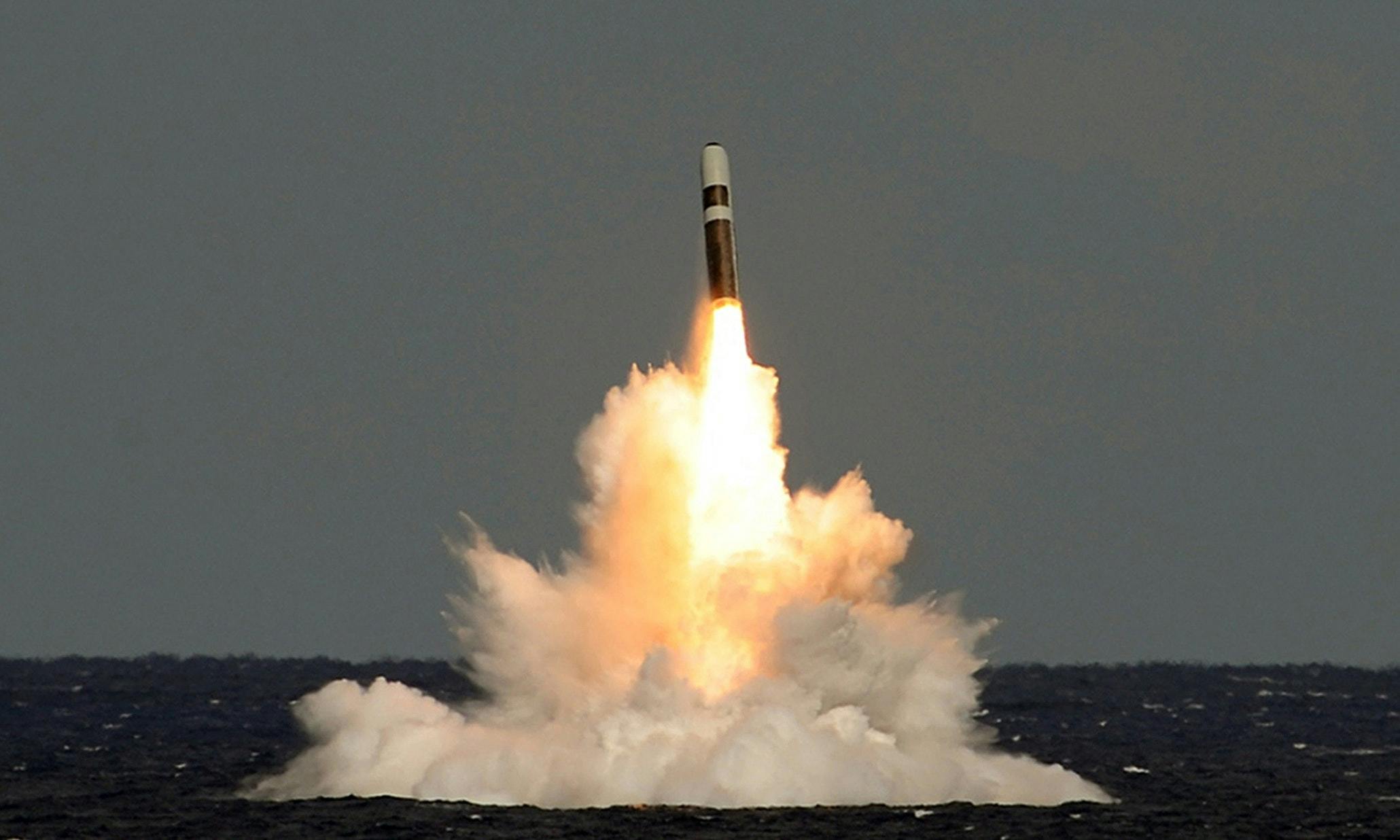





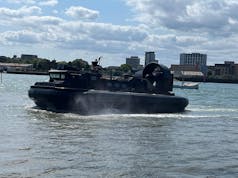



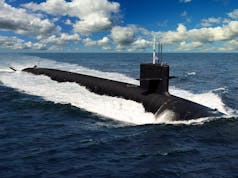

Discussion point 5 – Put Corbyn, Abbott, McDonnell and Thornberry in a Trident II D5 nose cone, launch it and see what happens.
Too dangerous…they would deny bring launched , back track and probably get the yeild wrong when they detonate over the uk
God yes. The enemy within. Traditional working class Labour voters cannot see it it seems.
If this deterrent is used in a future conflict, would it be able to pass through any of the latest
anti missile units being used and what is the likely success of a good firing sequence.
Thank you.
ABM defences are obviously improving, but I don’t think there’s currently an effective way of stopping MIRV-equipped ballistic missiles after separation. Maybe if space based defences become a thing Trident will be in trouble, but for now it’s effectively unstoppable
Good article.
UK has full control of Trident. Ask the people at CTF 345.
“Myth 2 – The money spent maintaining a nuclear deterrent would otherwise be invested in our conventional capabilities.”
This is where public information like from the MOD goes wrong, it’s clearly not a myth, it’s a choice! Once people see that one they think the rest will be a load of rubbish as well.
It is a myth, conventional forces deter conventional forces if you can be seen to have a more powerful conventional force. The nuclear deterrent is a nuclear deterrent, that is to say its to prevent another nuclear armed nation attacking us with nuclear weapons systems.
You can have all the conventional force strength you want, 10,000 tanks if you must, but a handful of tactical nukes would obliterate them. If however we also have nukes then the opposition understand that its a zero sum game. No one wins a nuclear war so no one ( in theory) would bother starting one.
“They do not require GPS”
No, but it increases the accuracy for course corrections.
“would likely not be sustainable without US support beyond a few years”
Some would say months. A couple of years is probably about right.
“No, but it increases the accuracy for course corrections.”
No, Trident doesn’t use GPS at all.
It would be interesting to know how much the French spend on their fleet of ssbn’s in comparison to the trident and does it come from the core budget???
I vaguely remember some figure like France 13% of its defence budget, UK 9%, but don’t quote me!
It does make me wonder how France designs and manufactures almost all it’s own military kit, from nuclear missiles to fighters to tanks etc etc and has more of it in most areas, and has more personnel in each arm, all for a decent wedge less than us.
French protectionism has resulted in their armaments industry not being fed to the dogs in the same the way the uk has been, if only our government/ industry players had the same level of conviction
That our fantastic military have and give them needed
Posted question on the ability of it successfully reaching and achieving
any of the targets in a new world of technology, obviously of little interest
to people here.
Does anyone seriously think that the UK would launch Trident missiles at an adversary without US concurrence?